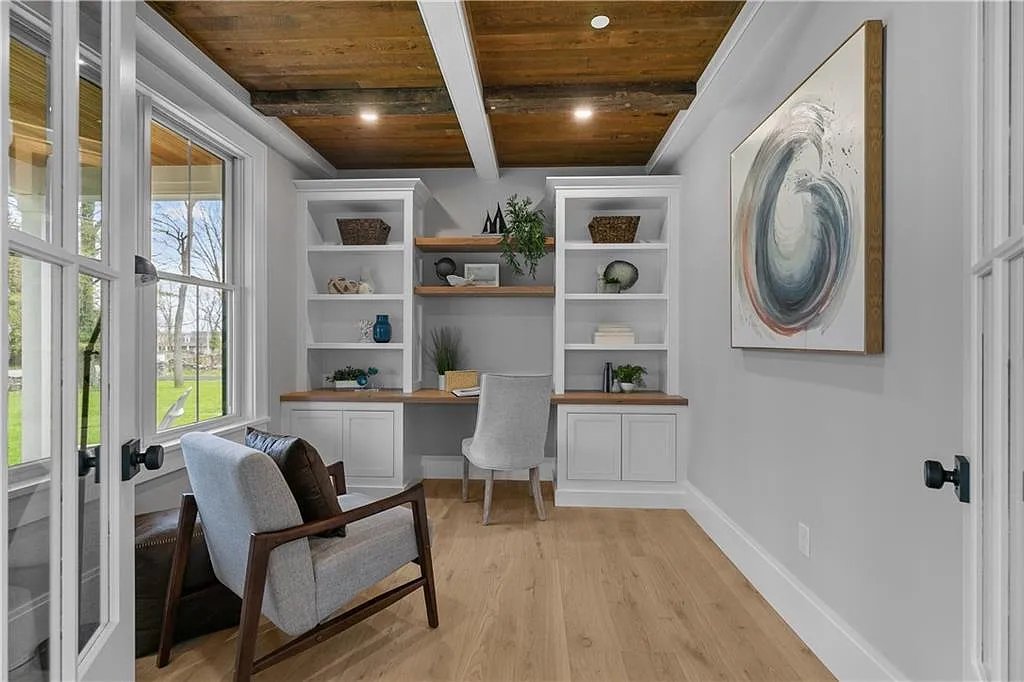Navigating Well Water Management on Cape Cod: Ensuring Safety and Functionality
Navigating Well Water Management on Cape Cod: Ensuring Safety and Functionality
As we wrap up our November blog, I thought we’d touch on a a topic crucial for many homeowners on Cape Cod who don’t enjoy municipal water—well water management. Owning a home with well water comes with its own set of responsibilities to ensure water quality and system functionality. Should something go awry it can be intimidating and confusing to try to narrow down who it is you need contact: the well guys, the plumber, the electrician? All have rolls to play and finding the source of the problem may be a bit of a guess.
Well Water Maintenance Tips Regular maintenance is key to ensuring the safety and quality of your well water. It's recommended to test your water annually for common contaminants such as bacteria, nitrates, and pH levels, especially if your area is known for specific water quality issues. Utilizing a whole home filtration system is paramount. There are many on the market and you’ve a wide range of options that they tend to. Find a system that addresses your particular wants and needs and service as suested. Additionally, inspect your well's physical condition periodically to check for any signs of damage or wear that could affect its integrity and the water it supplies.
Who to Contact If you encounter issues with your well, or if it’s time for your annual water quality test, it’s crucial to contact local professionals who specialize in well water systems. These experts can provide comprehensive services from testing and treatment to system repairs and upgrades. For Cape Cod residents, local environmental agencies or water quality groups can also offer resources and guidance tailored to the regional characteristics of well water.
Maintaining your well not only ensures a safe water supply but also protects the long-term viability of your property’s water source. Stay proactive about well care to enjoy clean and safe water throughout the year.
Illuminating Design: Crafting the Perfect Bedroom Atmosphere with Mood Lighting
As the days shorten and daylight savings takes effect, optimizing bedroom lighting becomes essential for both comfort and functionality. Opt for warm lighting to create a calming atmosphere that promotes relaxation and sleep. Incorporating dimming capabilities allows for adaptable light levels that suit any activity, from winding down before sleep to waking up energized. Strategically place lamps and sconces to enhance the room’s functionality without compromising style, ensuring your bedroom remains a serene sanctuary throughout the darker months.
If you’re looking for bedroom sconces, we suggest the Vendome Single Sconce by Visual Comfort as a perfect choice. It adds a refined touch with its sleek, elegant design, adding individual dimmer switches, you can easily customize the lighting to suit any mood or activity—from a relaxing evening unwind to nighttime reading. The quality craftsmanship and thoughtful details, like the beautifully coordinated shades, make these sconces not just light fixtures but true statements of style. We love how they enhance bedroom decor, providing both symmetry and a warm, inviting ambiance.
Embracing Versatility: The Rise of Multifunctional Spaces in 2025
As we look towards 2025, the trend of multifunctional spaces and flexible layouts continues to shape our homes and workplaces, reflecting a shift towards more dynamic and adaptable living and working environments. This evolution in design is not just a response to changing lifestyles but also a commitment to smarter, more sustainable living.
Adaptability at Its Core The concept of multifunctional spaces is rooted in adaptability. Homes are increasingly designed to allow rooms to serve multiple purposes—living rooms that double as home offices, bedrooms that transform into workout spaces, and dining areas that can host both family meals and business meetings. This flexibility is crucial as it maximizes space utility, reduces clutter, and adapts to the varied demands of daily life.
Smart Integration Technological advancements are integral to the functionality of these adaptable spaces. Smart homes equipped with automated systems can change the ambiance, temperature, and furniture arrangements at the touch of a button to suit different needs throughout the day. This seamless integration of technology ensures that the transition between functions is as efficient as possible, enhancing both comfort and productivity.
Sustainable and Stylish Multifunctional spaces are also a nod to sustainability. By reducing the need for larger living areas and minimizing resource use, these designs promote a smaller ecological footprint. Moreover, the aesthetic of such spaces is geared towards minimalism and fluidity, ensuring that the interiors remain stylish and cohesive, regardless of their current configuration.
As we continue to embrace these versatile design trends, it becomes clear that the spaces we inhabit are no longer just static backgrounds to our lives but active participants in them. The future of interior design lies in creating environments that are not only functional and flexible but also sustainable and responsive to our changing world.



